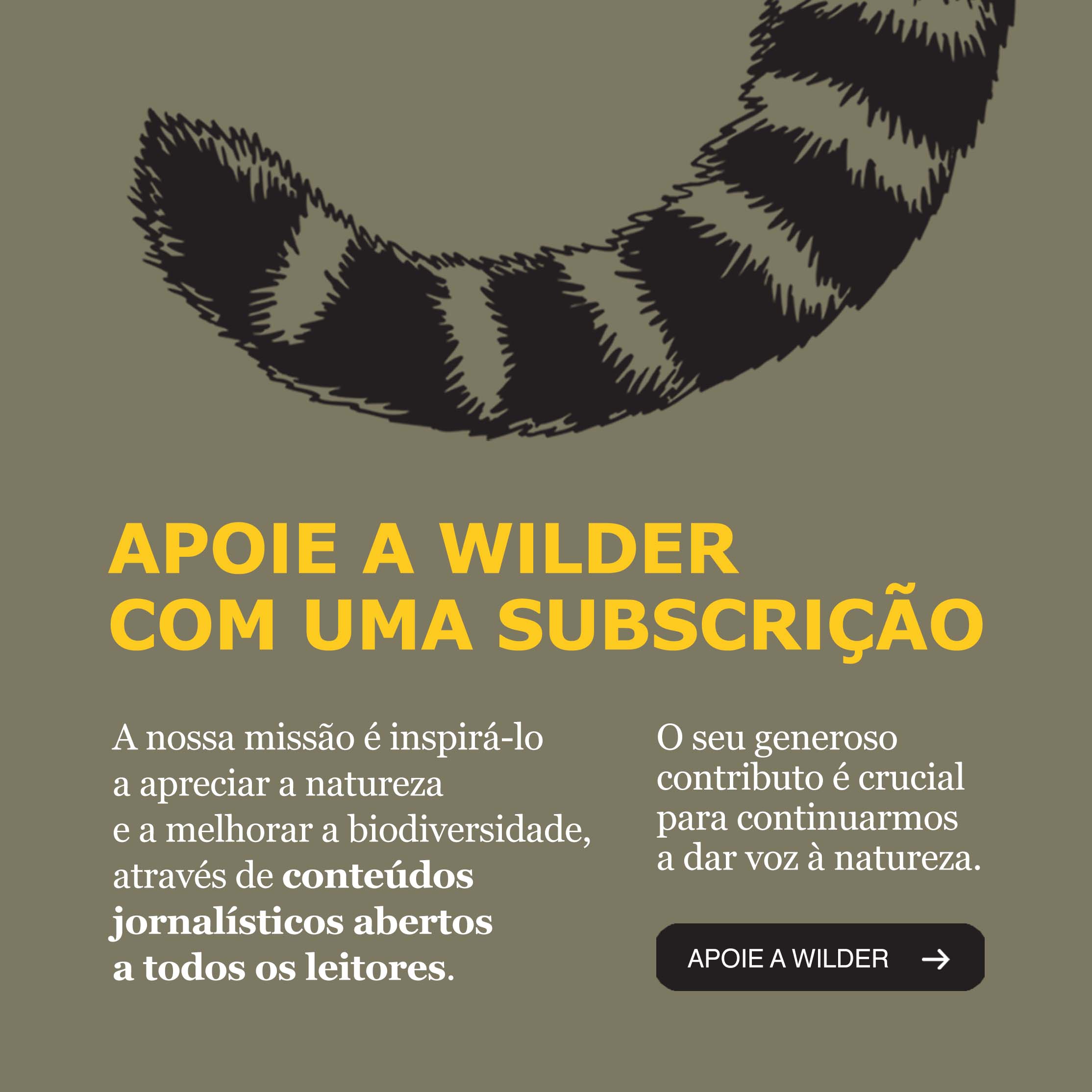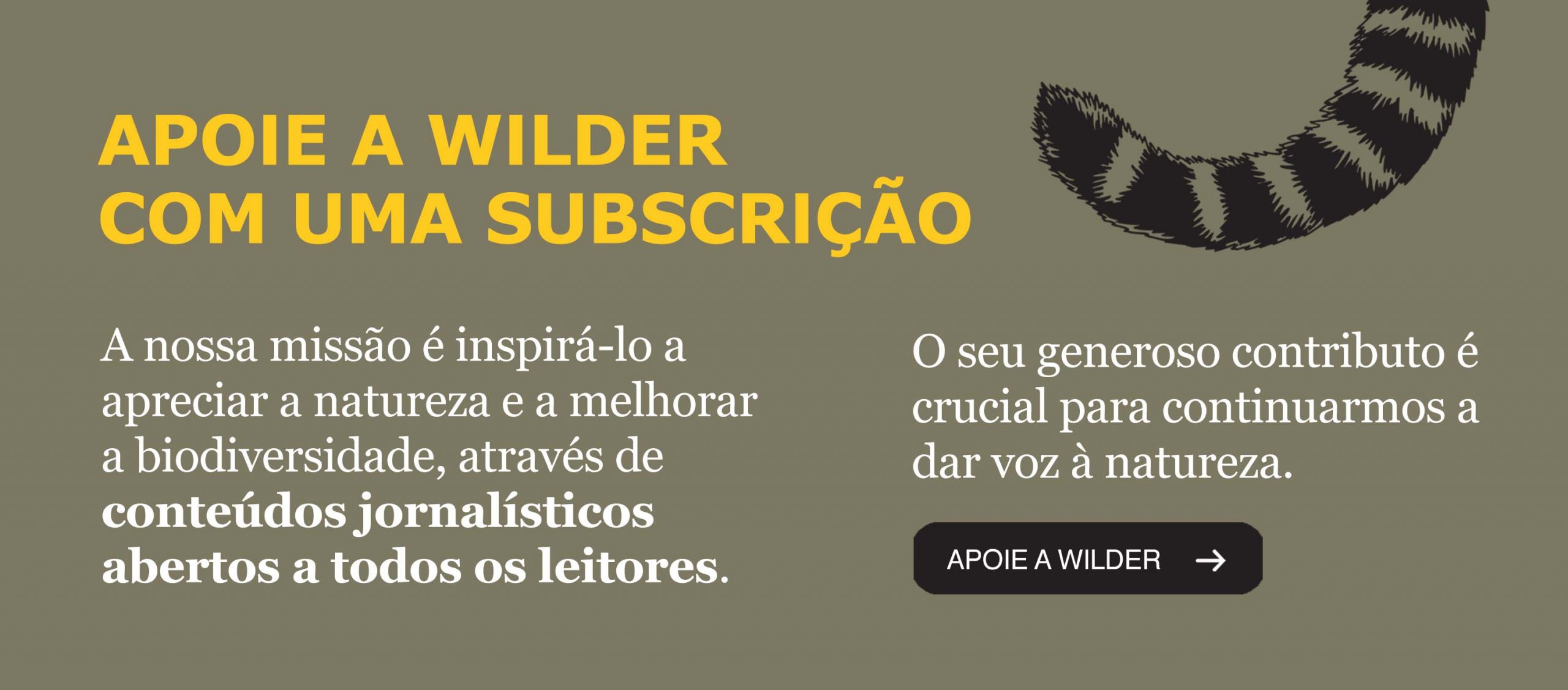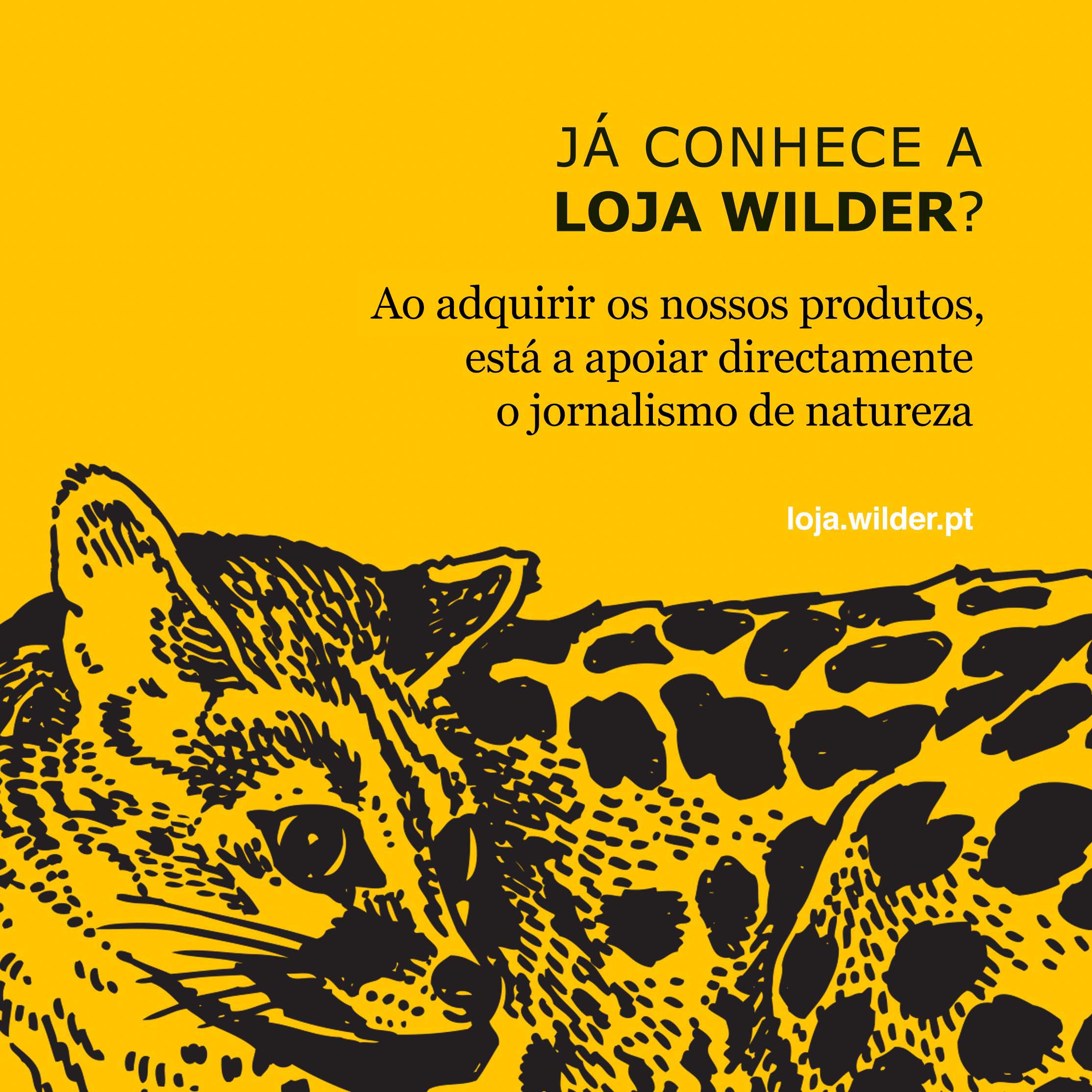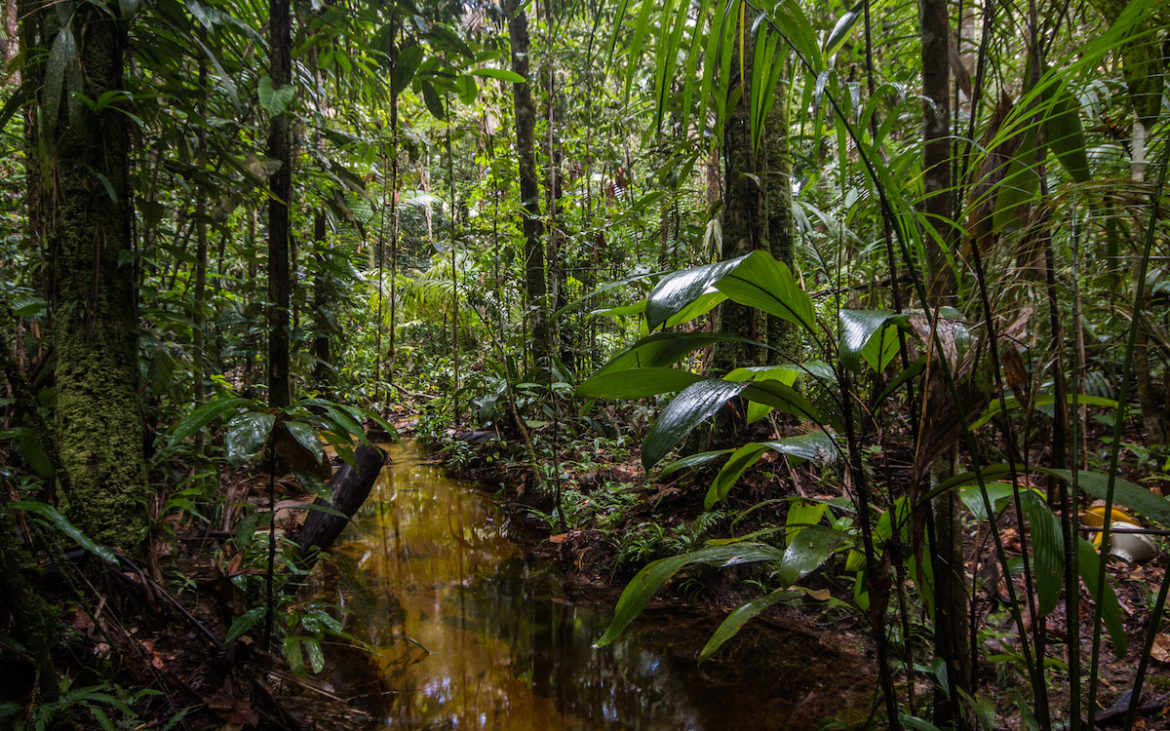Until now, the conservation of the Amazon forest and of the 168 species of bats living there was hampered by the difficulty in identifying these animals. After five years of work and many weeks living in the heart of the forest, the first Field Guide to Amazonian Bats was published earlier this month.
The sunlight hardly gets through the heart of the largest rainforest in the world. The tree branches and dense vegetation are just like a net that only lets in a faint light. It was here, about 80 kilometres north of the city of Manaus, that Ricardo Rocha and Adrià Baucells, both researchers from the Faculty of Science of Lisbon University, set up camp to study bats.
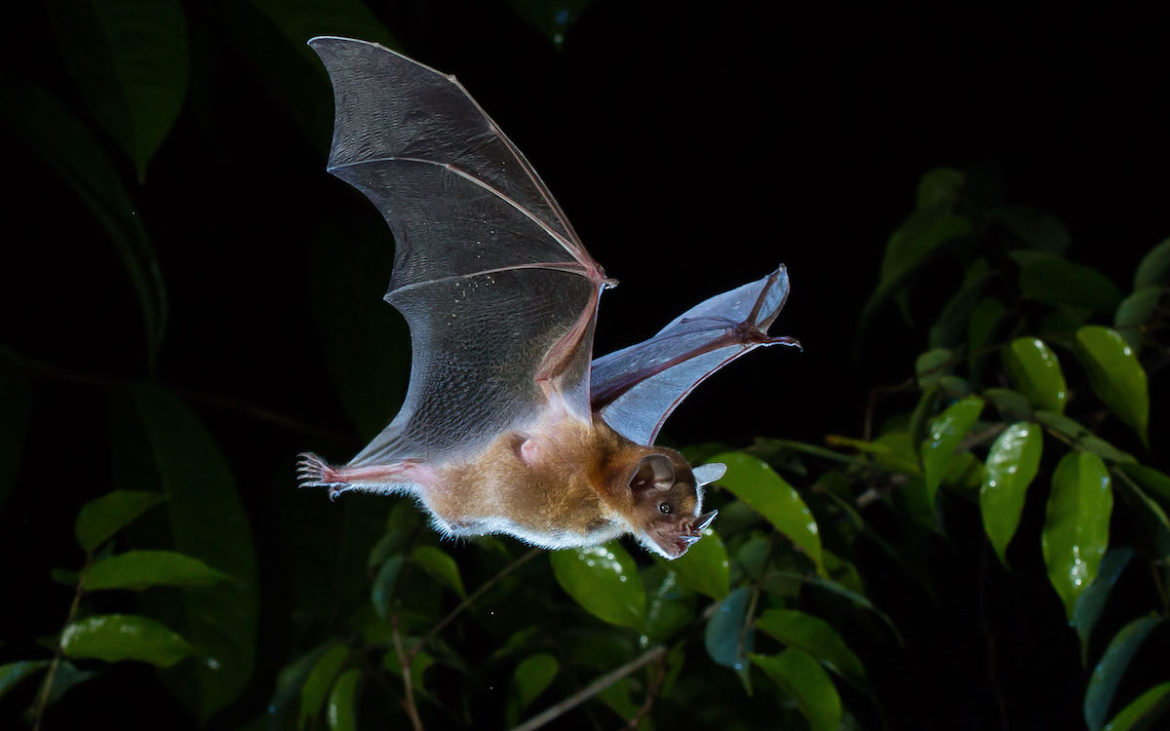
From 2011 to 2015, with rubber boots on their feet and headlamps, Ricardo, Adrià and the other team members travelled the muddy forest trails, night and day, living with monkeys, frogs, butterflies, owls, snakes and many other species. But mainly with bats, animals that take shelter in tree trunk holes or among palm leaves.
“This is the first guide to Amazonian bats, at least in this format: with photos, scientific illustrations, morphological descriptions and information about echolocation”, explained Ricardo Rocha, one of the authors, to Wilder.
The idea to make a bat identification guide came when both researchers were working in the Brazilian Amazon under the Project of Biological Dynamics of Forest Fragments.
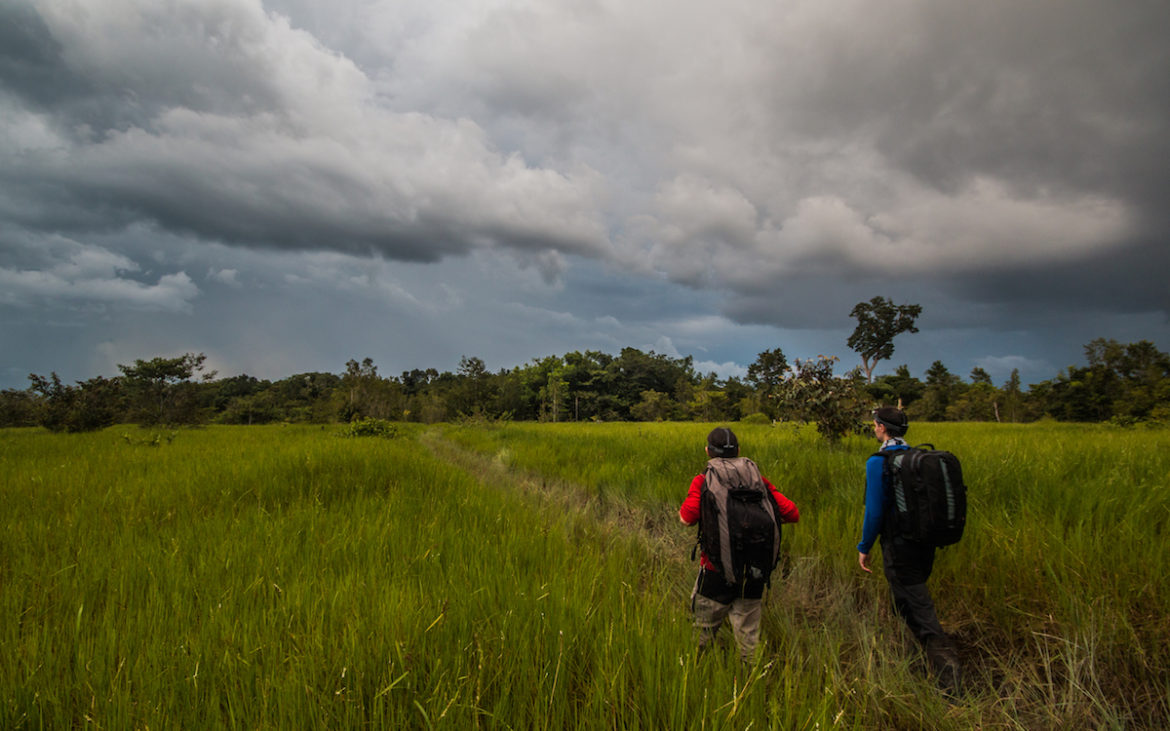
“There were already dichotomous keys to identify some species and it was on these that much of our work was based. But they were difficult to follow in the field and, at least in our view, they lacked information which is more easily transmitted by photos and scientific illustration” he added.
The guide, with 168 species of bats, is available from 5th September and can be downloaded free from the Internet by anyone. The work “covers the bat species currently described for the Amazon region. But this is a dynamic guide so, as more species are described for the region, they are going to be added”.
This guide was designed and written by an international team of researchers, mostly from the University of Lisbon, and it was published by the National Institute of Amazonian Research. It represents many hours of fieldwork in the heart of the forest.
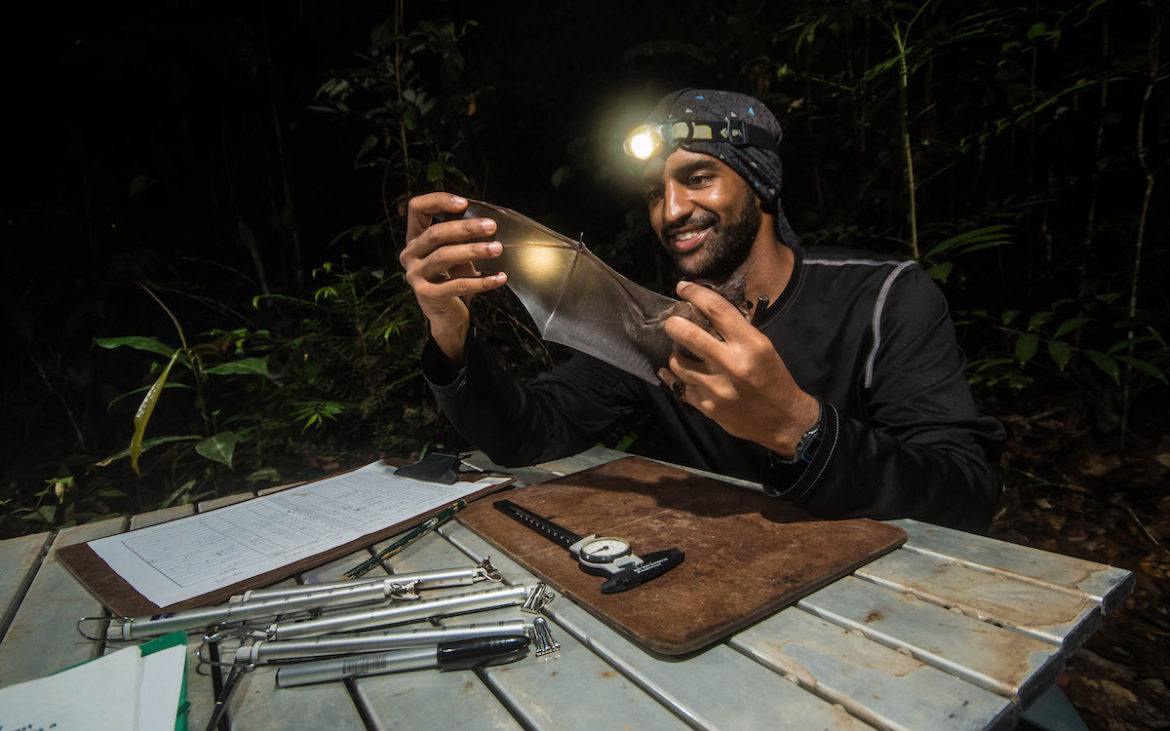
Ricardo and Adrià installed nets along trails, on trees tens of meters above the ground, or in the middle of ponds, where they had to go with water that gave them by the shoulders. They managed to capture more than 8000 bats of nearly 100 different species. Before they release them, they took their measures and photographed them. Moreover they spread equipment in the forest to record the ultrasounds.
The importance of bats
“The main purpose of this guide is to facilitate the work of students, conservationists and managers working with Amazonian bats”, explained Ricardo Rocha. “We also hope that the publication will bring visibility for bats, a group often neglected and that unfortunately suffers from a bad (unfair) reputation despite being extremely important for humans because of the ecosystem services they provide.”
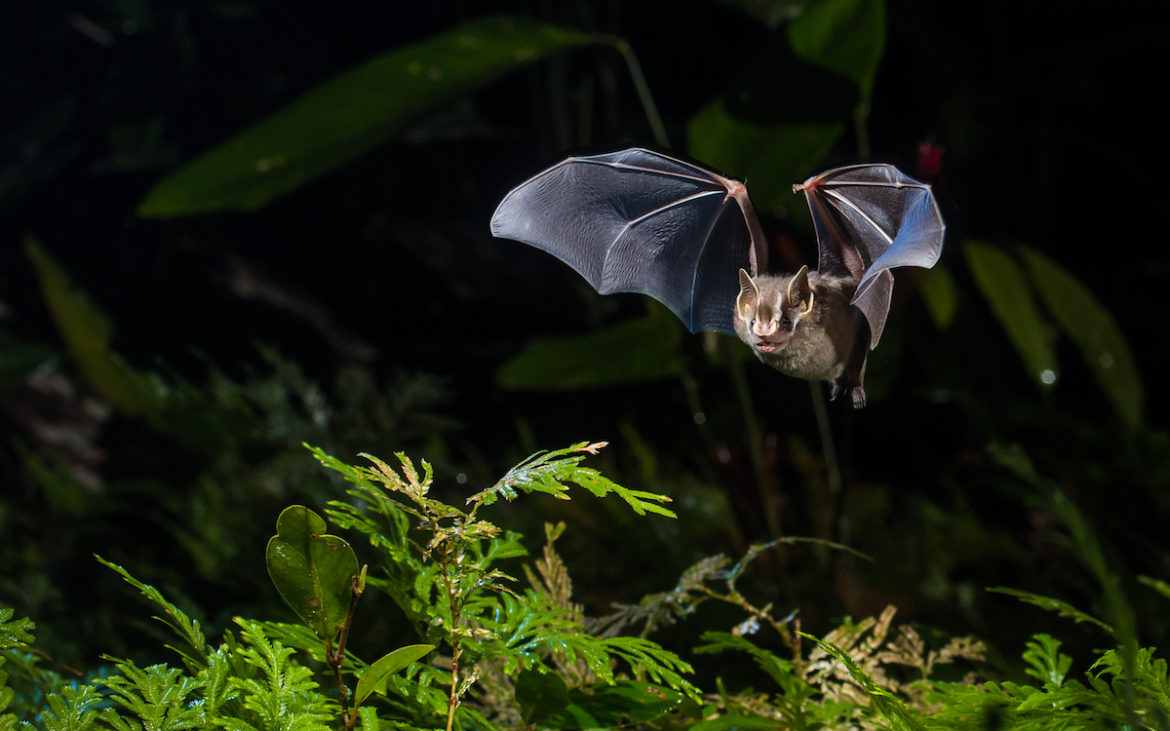
Bats exist for about 50 million years. Today we know 1300 species worldwide. From the smallest, the bumblebee-bat (Craseonycteris thonglongyai), with its approximately two grams of weight – to the biggest, in the group of flying-foxes (Pteropus) that can have a wingspan of more than a meter and a half.
According to the authors of the guide, understanding bats is vital for the Amazon’s conservation. “For example, some bats consume mosquitoes that are vectors of various diseases. And the species that feed on fruits are dispersers of seeds and so they favour the reforestation of deforested areas”, pointed out Ricardo Rocha.
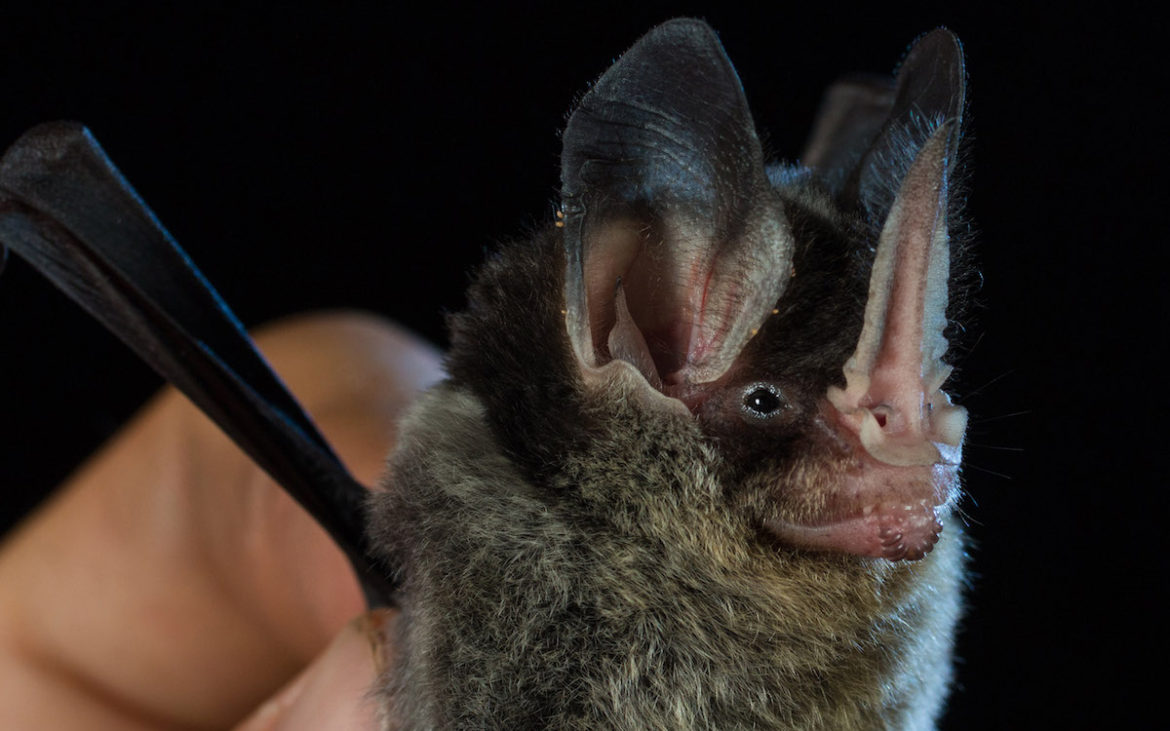
Still, about a quarter of all bats’ species in the world are endangered, especially because of habitat loss.
This issue was at the heart of the two biologists’ investigation. “The fieldwork that led to this guide aims to unravel how fragmentation and loss of primary forest affect bat communities. Our results show that, despite conservation of bats in the Amazon being intrinsically linked to conservation of primary forest, also the conservation of secondary forest may, in already modified areas, reduce some of the negative consequences of fragmentation.”
The next step in the conservation of bats will be “to identify priority areas for the establishment of protected areas and their protection.”
The authors hope that “by facilitating the work of researchers”, this guide will “contribute to the conservation of not only bats, but also of the Amazon forest and all the rich biodiversity that it shelters.”
Ricardo Rocha said that the guide will be translated into Portuguese and Spanish, the predominant languages in the region. The idea is “to try to make it known by the greatest possible number of users”.
A print version may still be possible. “The economic crisis in Brazil limited the book to a digital version, but we hope that there will be a printed one. The book has had a good reception and we think that the publisher will eventually advance soon with a print version.”
[divider type=”thick”]Now it is your turn.
You can download here the Field Guide to Amazonian Bats.
[divider type=”thick”]Learn more.
Take a peek at the back stage of this guide with a short video by Madalena Boto.
And now, what are these two researchers preparing?
Ricardo Rocha and Adrià Baucells started to work with bats in Madeira archipelago. “We are trying to discover where bats are distributed in Madeira and studying their ecology”, said Ricardo Rocha.

